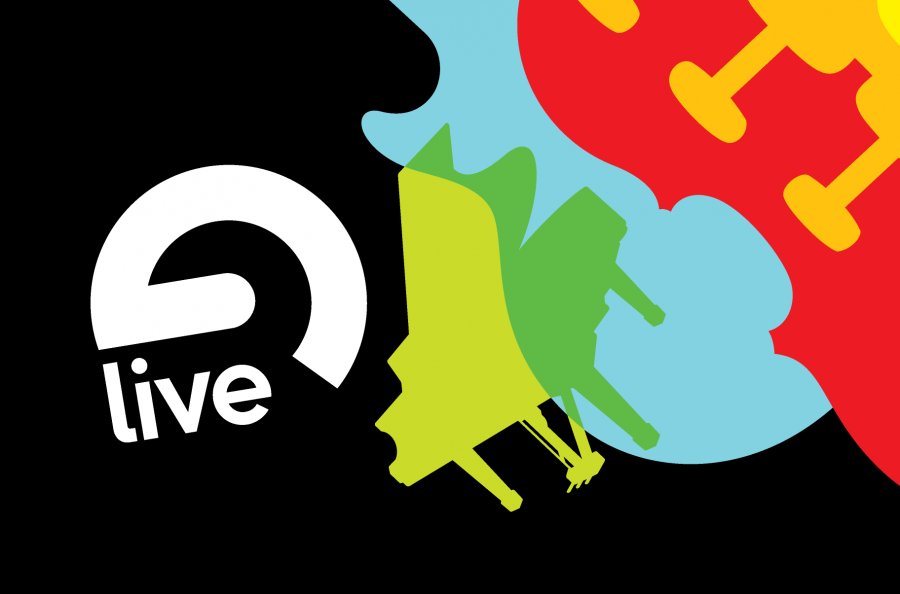Learning how to make melodies
One of most difficult things for a self-taught musician to get the hang of is writing melodies. Even for a trained musician I believe melody is still a challenge; using theoretical knowledge to come up with the right melodic vocabulary to really express what one wants to express can be difficult. When I started to make music more seriously, I was hanging out with a few friends like Mateo Murphy, Mitchel Akiyama, and Tim Hecker. At the time, Mitch taught music theory and piano. I once asked him if he could teach me as well, because I wasn’t feeling confident with melodies at that time. Learning more theory really felt it was the right thing to do; if I was going to write music, I thought more theory would be for sure be an essential part of improving.
Mitch loved my music and after thinking about it, said:
There’s nothing wrong with your melodies. I understand you might not like them, but learning more music theory doesn’t mean that you’ll like them more. I think [music] classes would pull you in the wrong direction and I’m more interested to hear what you’ll do on your own in the years to come.
This is one of the most surprising things I’ve probably been told, even in the time that’s passed since Mitch gave me this feedback. At first I was confused if Mitch’s answer meant that I already knew enough “naturally”, or that I had a “beginner’s mind” which was lucky or naively interesting to him. In art, having a naive approach can have certain charm but can also be awkwardly odd. I read a quote from Picasso during my studies in arts that has stayed with me (I did theater and stage comedy for years before making music). Picasso once said “it took me four years to paint like Raphael but a lifetime to paint like a child.”
Children create and express themselves in a very spontaneous way, and I believe that Picasso was referring to their state of mind. Tim Hecker had the same kind of vision, and if you listen to his music, you’ll hear a lot of letting go in how things happen, but his approach is still controlled. While he was doing a lot of granular synthesis in metal music, I was dealing with melodies coming from a sound source or sample.
The beauty of electronic music is how we sample music to reinterpret it into a different form. Some will use a sample as-is, others prefer changing it a bit, and then there are the people who change it completely. In all cases, working from a source gives an artist healthy limitations in working with other tones and notes that must all work together.
One thing you can do is use Ableton’s Sampler and slice out parts from a musical loop you like, then with the MIDI notes you can change the order around and you’ll automatically have something new. If you don’t like the sound (say a piano) but you like the notes, then you can bounce the new melody and use Ableton’s melody extractor to have new MIDI to send to a synth or sampler using a different sound.
Next comes the need to add extra notes, but what if they’re off? What if they’re completely messing everything up? Again, what seems to most people like the best answer to this problem lies in learning more music theory.
There are multiple ways in which knowing more theory would potentially help, but let’s first consider some facts.
First off, if you like electronic music or more low key music, I’m sure you all know some songs that have very little musical content. Some songs are made on 2-3 notes/chords and can still pull it off. So why not try to see how far you can go with whatever material you already have before making it more complex? You’d be surprised sometimes that less might actually be better. The clearer the message, the more powerful the bond you can create with the listener, and sometimes this implies to reducing melodies to essentials.
However, some people think that if you stick with only simple content, you’ll never really evolve as a musician. I don’t believe this. I could say the same thing about sound design, synth design, mixing, and mastering. You can’t expect to know everything so fast and that you’ll instantly be great at it. But the more you work with one thing, the more comfortable you become. Once you have a good base skill set, you start to take risks that intuitively lead you to the results you are looking for. Same thing goes for percussion design. People often think that using a sample is not being creative, but it actually makes you study the best sample for a particular percussive element, and when you find great ones, then you’ll want to know how they’re made. If you start by designing sounds before sampling, you are venturing into territory where your references might be poor. And again, this also goes for melodies and production.
In other words, it’s more important to practice and actually finish songs; keep it low key and constantly be on the lookout to find inspiring references or source material.
Again, some will say that music theory would do no harm in helping. Of course it won’t, and if you dig, you can find multiple music theory classes or tutorials online. There are also plugins like Scaler that can help you with propositions. But for me, I find myself agreeing with Mitch and encourage people to try to approach melodies more personally.
One of my current musician buddies is Bryan Highbloom who is a jazz musician who I’ve collaborated with. With his 40+ years of playing, he’s seen a lot of shows and explored many different approaches [to music], so I often like to ask him questions to hear his views. Yesterday I asked him about the importance of progressions, theory, and such.
The most exciting time of my life when I started to learn to play was when guys like Coltrane came up with something that was completely different from anyone else. He had his own vocabulary. At the time, people were really fed up of doing the same progression, scales, and routines. It felt like we were making music for others to get, not music the way we want to make it. Coltrane was fresh. He knew what he was doing, but it was also because he wanted to break rules and get out of the cage. I’m a free jazz guy. I like to try new things all the time. I feel like I see more that way and then it gives me ideas for the next jam based on what was inspiring me. But the thing is to be in the moment and to record yourself, all the time.
Though he didn’t mention it specifically, listening to past sessions we’ve recorded, he liked to have a melody frozen in time, something you don’t catch and have to let go. But with MIDI, we usually trim out the parts we like less and move them around. So in a way, to get interesting content you need to spend a lot of time in the arranger and move things around. Trust your ears – they should know when something is off. If you’re unsure, use Ableton’s Scales and you know you’ll be in tune.
From my circle of friends, Mateo was on the other side of the spectrum with his approach to melody. His view was that it was important to have structured melodies and that it would have to “work” harmonically speaking. His background and main interest at that time was DJ’ing, so melodic and harmonic structures were essential to help him achieve his sets. I like to have one person I talk to that has a different view, because it keeps me structured in my work and stops it from being too all over the place. Mateo’s and my common interest for DJ-oriented music has always been there, and having that always in the back of my head made me think about pushing my boundaries somewhere between Mitch’s vision and something more accessible.
This is why I learned about progression and theory only when I felt I needed to have one point clarified when I really needed it. But not to create an entire melody, all at once.
I once had a contract where I was asked to finish a melodic song. The first thing that I noticed was that the melody was out of tune and sounded very off. But the client loved it as it was. I showed him that just by adding scales, we could “remove” off keys so he sees the real tones of his phrase. But of course, this would change the vibe completely, which was not what he wanted. We both asked a few people to validate the track, and while everyone pointed out that there was a problem, the client wanted to keep it the way it was.
The moral of this story is, if you’re in doubt about a melody, ask around. If you’re tone deaf, it’s important to learn this about yourself sooner rather than later, and work to improve it. But then again, if you actually love dissonance that’s all well and good, but be ready to face a lot of frowns. Not being good at writing melodies doesn’t mean you can’t get anything done, maybe you have other strengths that you can focus on!
SEE ALSO : A Guide to Percussion












Leave a Reply
Want to join the discussion?Feel free to contribute!